Introduction: The Importance of a Car Vacuum Cleaner
Keeping Your Vehicle Clean
A clean car is not just a matter of aesthetics; it contributes to the overall health of your vehicle. Regular cleaning helps prevent the buildup of dirt, grime, and allergens, which can degrade the interior and create an unpleasant driving experience. A car vacuum cleaner is an essential tool for maintaining cleanliness, making it easier to remove dust, crumbs, and debris from seats, carpets, and hard-to-reach areas. However, like any appliance, car vacuum cleaners can encounter issues that prevent them from functioning properly.
Why Choose a Car Vacuum Cleaner?
Investing in a dedicated car vacuum cleaner offers numerous benefits. These vacuums are designed specifically for automotive interiors, equipped with features such as compact size, specialized attachments, and powerful suction capabilities that can handle tough messes. Whether you have pets that leave hair behind, children who create crumbs, or simply a love for keeping your vehicle immaculate, a car vacuum cleaner is a worthwhile addition to your cleaning arsenal.
Unfortunately, at times, these handy tools may stop operating or perform poorly. Understanding common problems and solutions can help you troubleshoot effectively and restore your vacuum cleaner’s functionality. This article explores the potential reasons behind a non-operational car vacuum cleaner and provides practical solutions to get it back in action.

Common Issues with Car Vacuum Cleaners
1. Power Problems
Understanding Electrical Drawbacks
One of the most common reasons a car vacuum cleaner may stop operating is related to power issues. Depending on the type of vacuum—cordless or corded—these problems can manifest in different ways.
- Corded Models: If your vacuum is corded, check to see if the power cord is properly plugged into a power source (typically a car’s 12V outlet). Ensure that the outlet itself is functioning correctly, as worn-out sockets can fail to provide power.
- Cordless Models: For cordless vacuums, examine the battery. A dead or malfunctioning battery is a common reason why the vacuum may not work. Batteries can also lose efficiency over time if not appropriately charged.
2. Clogged Filters and Hoses
The Impact of Blockages
Another frequent issue with car vacuum cleaners is clogging. Over time, dirt and dust accumulate in the filter and vacuum hoses, causing reduced suction and efficiency.
- Checking the Filters: Most car vacuum cleaners come equipped with filters that trap debris. If these filters are clogged or dirty, they can obstruct airflow. Turn off the vacuum, remove the filter, and clean it thoroughly. Depending on the type, some filters are washable, while others may need replacement.
- Inspecting the Hoses: After addressing the filters, check the hoses for any blockages. Use a flexible cleaning brush or your fingers to remove any debris lodged inside. Ensure that air can flow freely through the hoses for optimal performance.
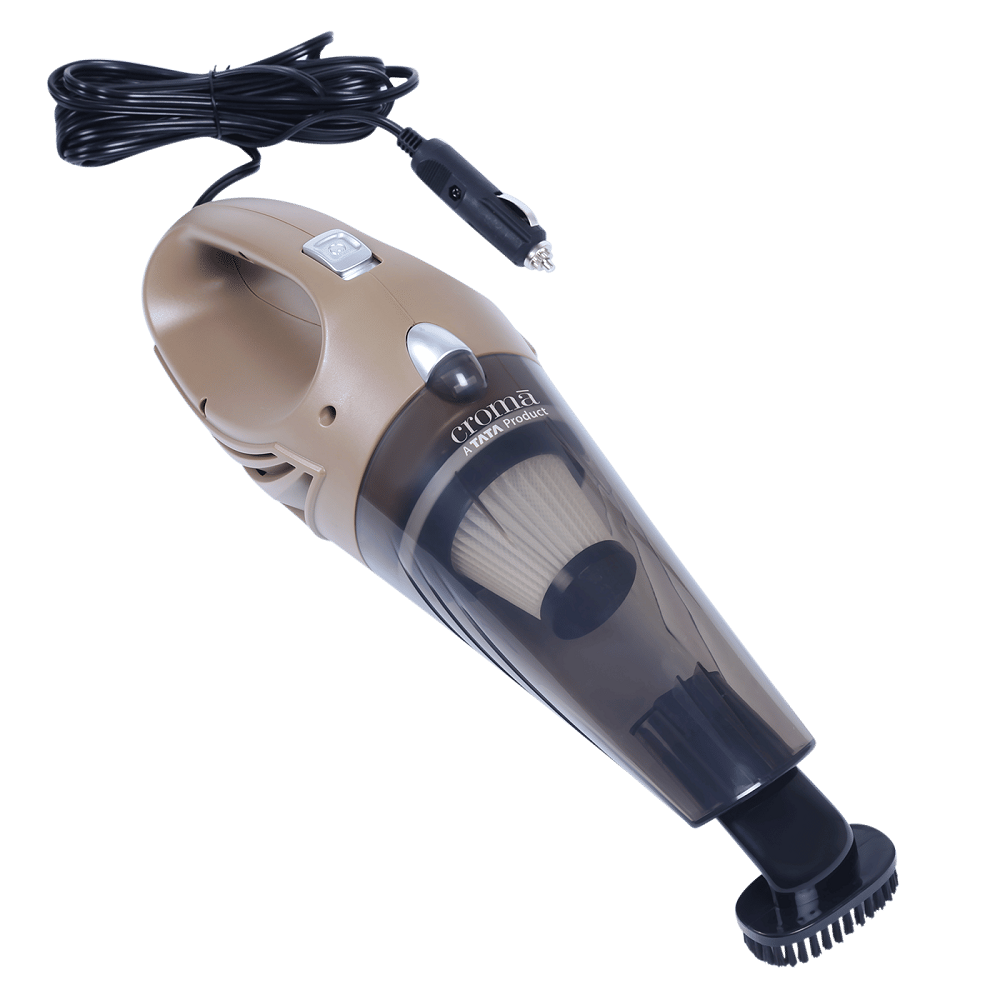
3. Mechanical Failures
Recognition of Component Issues
Mechanical failures can prevent your car vacuum cleaner from functioning. Regular maintenance checks can assist in identifying these issues before they develop into more significant problems.
- Belt or Motor Issues: If your vacuum cleaner has a motorized component (such as a rotating brush), check whether the belt is intact. A broken or worn-out belt can stop the brush from spinning, leading to an inability to pick up debris. Replacement belts are often available through the manufacturer or automotive stores.
- Unusual Noises: Pay attention to any strange sounds when the vacuum is running. Unusual noises can indicate motor issues or internal damage. If you suspect a mechanical failure, it may be best to consult the manufacturer or a professional technician for a detailed assessment.
4. Poor Suction
Determining the Cause
The vacuum might still turn on but experience poor suction power, making it ineffective in picking up dirt.
- Debris Buildup: As previously mentioned, clogs often result in reduced suction. Inspect the brush head, filter, and hose for any obstructions. Maintain regular cleaning routines to prevent these issues.
- Power Issues: For both cordless and corded options, check that the power supply provides adequate wattage. For battery-operated models, ensure that the battery is charged fully for optimal suction.
Troubleshooting Steps
1. Basic Steps to Diagnose
Initial Checks
If your car vacuum cleaner has stopped working or isn’t performing well, follow these basic steps to diagnose the problem.
- Power Source: Verify the power source or battery condition. For corded cleaners, check the outlet and ensure the connection is solid. For battery-operated models, recharge or replace the battery.
- Visual Inspection: Conduct a thorough inspection of the vacuum, checking for any visible signs of damage, wear, or component failure. Taking the time to troubleshoot the basics can save you from a potentially costly repair down the line.
2. Cleaning and Maintenance
Regular Upkeep
To avoid future issues, perform routine cleaning and maintenance of your vacuum cleaner.
- Filter Maintenance: Clean the filter after every use, or at least every few uses, to maintain proper airflow. For models with washable filters, ensure they are completely dry before reinserting them.
- Emptying the Canister: If your vacuum has a canister or dustbin, empty it regularly to prevent clogs. A full bin can lead to decreased performance and increased strain on the motor.
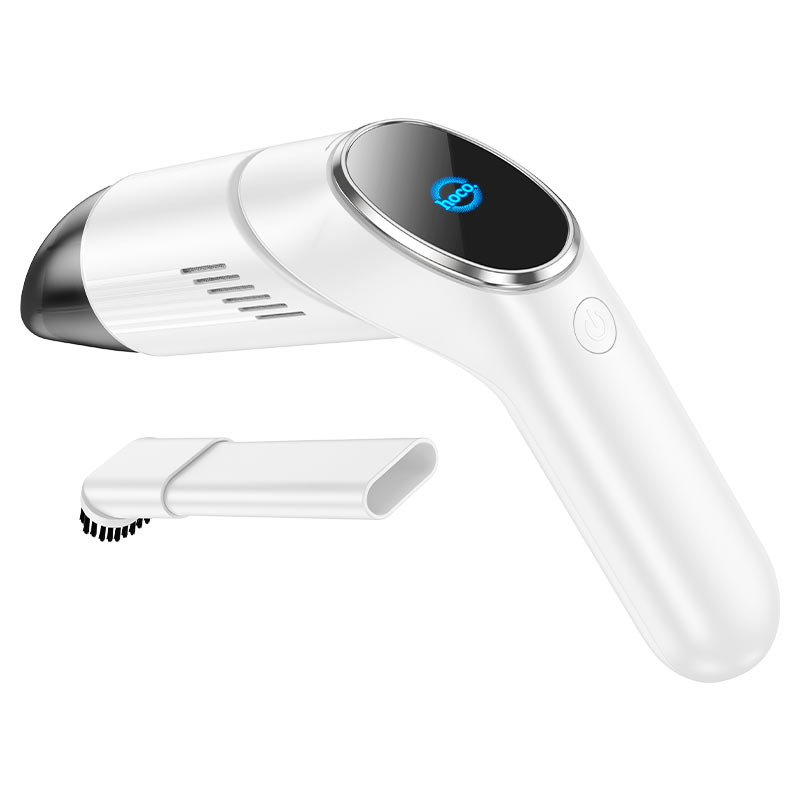
3. Replacement Parts
Knowing When to Replace
Over time, certain components of your car vacuum cleaner may require replacement.
- Filters and Bags: Depending on your vacuum model, filters may need to be changed periodically. For bagged vacuums, ensure to replace the bag, especially when it reaches two-thirds full, to maintain performance.
- Belt Replacement: For models with a belt-driven system, ensure to check and replace the belt if it shows signs of wear or breakage.
4. Service and Repair Options
When to Seek Help
If your troubleshooting efforts do not resolve the issue, it may be time to consider professional help.
- Manufacturer Support: Check for warranty coverage or customer support from the manufacturer. Many brands offer repair services or guidance on how to resolve common problems.
- Professional Technicians: Local appliance repair services may also be able to assist in diagnosing and fixing the vacuum. Their expertise can help restore functionality and extend the product’s lifespan.
Preventive Measures to Extend Lifespan
1. Regular Maintenance Routines
Cultivating Healthy Habits
Establishing a regular maintenance routine for your car vacuum cleaner can significantly extend its lifespan.
- Scheduled Cleanings: Set a schedule for cleaning the filter, emptying the canister, and inspecting hoses. Regularly maintaining the vacuum ensures that it operates effectively when needed.
- Immediate Attention to Issues: Don’t wait for problems to escalate. If you notice any changes in performance, address them right away. Early intervention can significantly reduce repair costs and longevity issues.
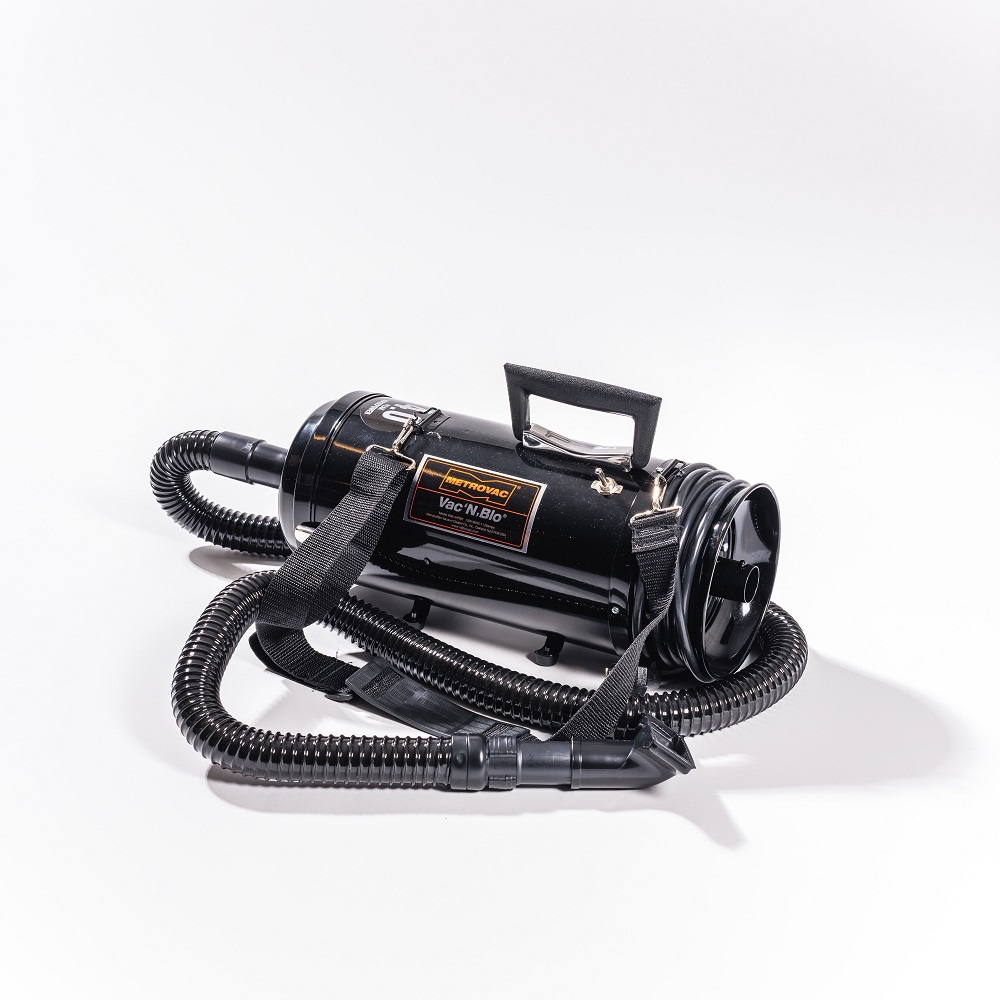
2. Proper Storage
Protecting Your Investment
How you store your vacuum cleaner can impact its performance and lifespan.
- Dry Environment: Store your vacuum in a dry place to avoid moisture damage. If the vacuum collects dust, wipe it down before storage to prevent buildup.
- Safe Placement: Ensure that the vacuum cleaner is stored in a safe location where it will not be knocked over or damaged by other items. Proper placement helps maintain the integrity of the components.
3. Awareness of Usage Patterns
Responsible Usage
Understanding how you use your car vacuum cleaner can inform maintenance practices.
- Consider Usage Frequency: If you vacuum frequently, especially in high-traffic areas, increased maintenance may be necessary. Tailor your cleaning routine according to how often you use the vacuum.
- Strategic Vacuuming: Use the vacuum as intended to avoid overworking the motor. For instance, avoid using it to pick up large debris that can clog the system. This knowledge helps in maintaining smooth operations.
Conclusion: Investing in Quality Care
The Value of Proactive Maintenance
Maintaining your car vacuum cleaner is essential for ensuring its effectiveness and longevity. By understanding the common indicators of problems and learning how to troubleshoot, you can take an active role in keeping your vacuum running smoothly. Regular maintenance and prompt attention to issues not only save you money in the long run but also provide you with a reliable tool for keeping your car pristine.
Choosing Quality
Investing in a high-quality car vacuum cleaner can also enhance your overall cleaning experience. With the right model and a dedication to care, you’ll enjoy the benefits of smooth operations and effective performance in keeping your vehicle clean. When choosing a vacuum, consider your specific needs, such as size, power, and versatility, to ensure it effectively meets everything required by your vehicle.
Embracing Convenience
The convenience of using a car vacuum cleaner means that you can maintain cleanliness without needing to go to a professional detailer frequently. By being proactive and attentive, you can leverage the power of a car vacuum cleaner to create a comfortable and enjoyable driving experience.
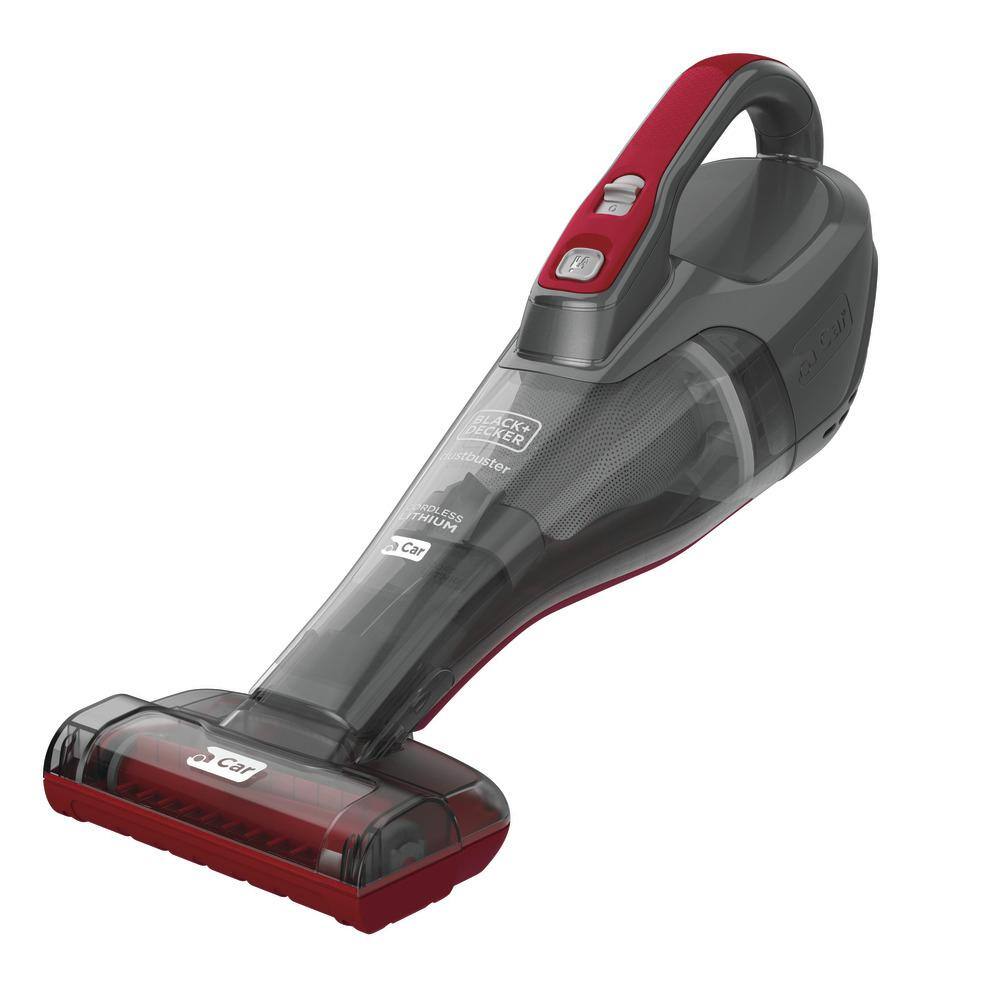
Your Path to Cleaner Rides
As you embark on your journey to maintain your car vacuum cleaner, remember to embrace the small victories. A clean car not only enhances the ownership experience but also reflects a sense of pride and care for your vehicle. Consider the best car vacuum cleaners that last and utilize the tips and insights discussed in this article to enjoy the convenience and satisfaction of having a well-maintained vehicle with a spotless interior. Happy cleaning!
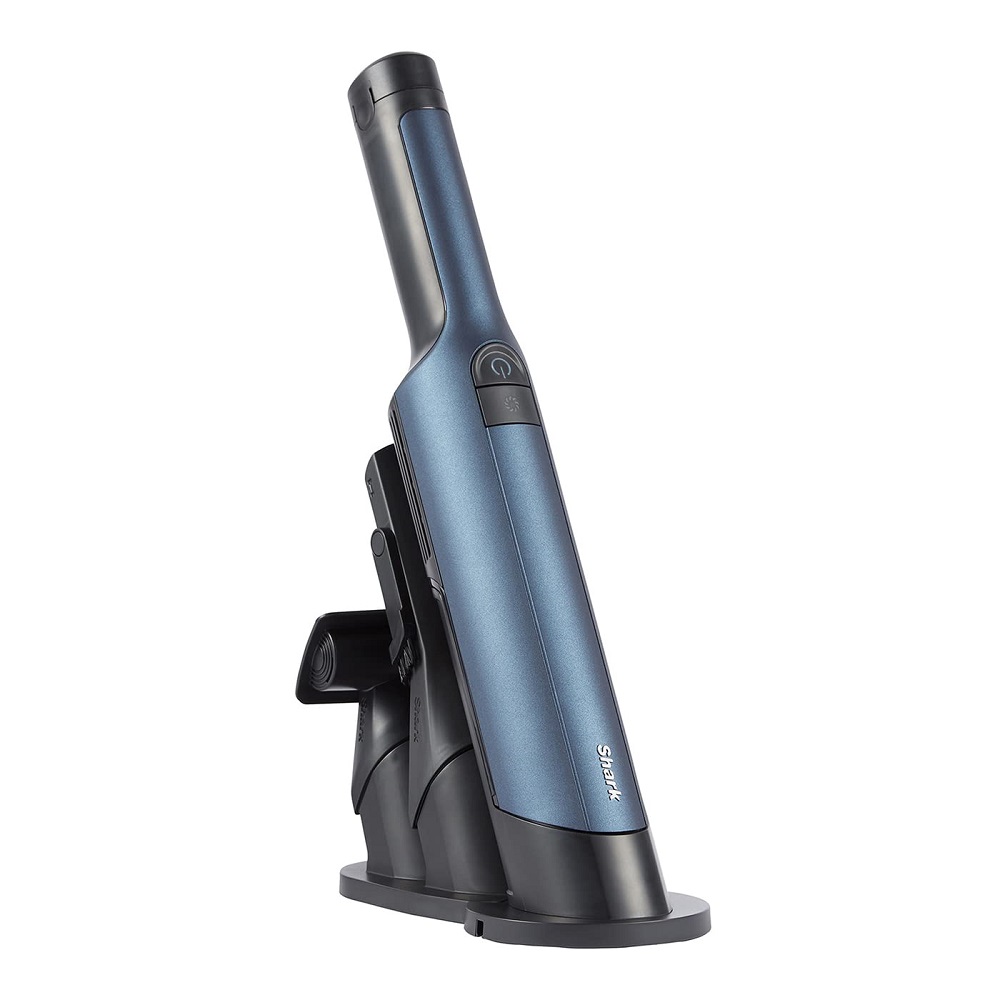
Leave a Reply